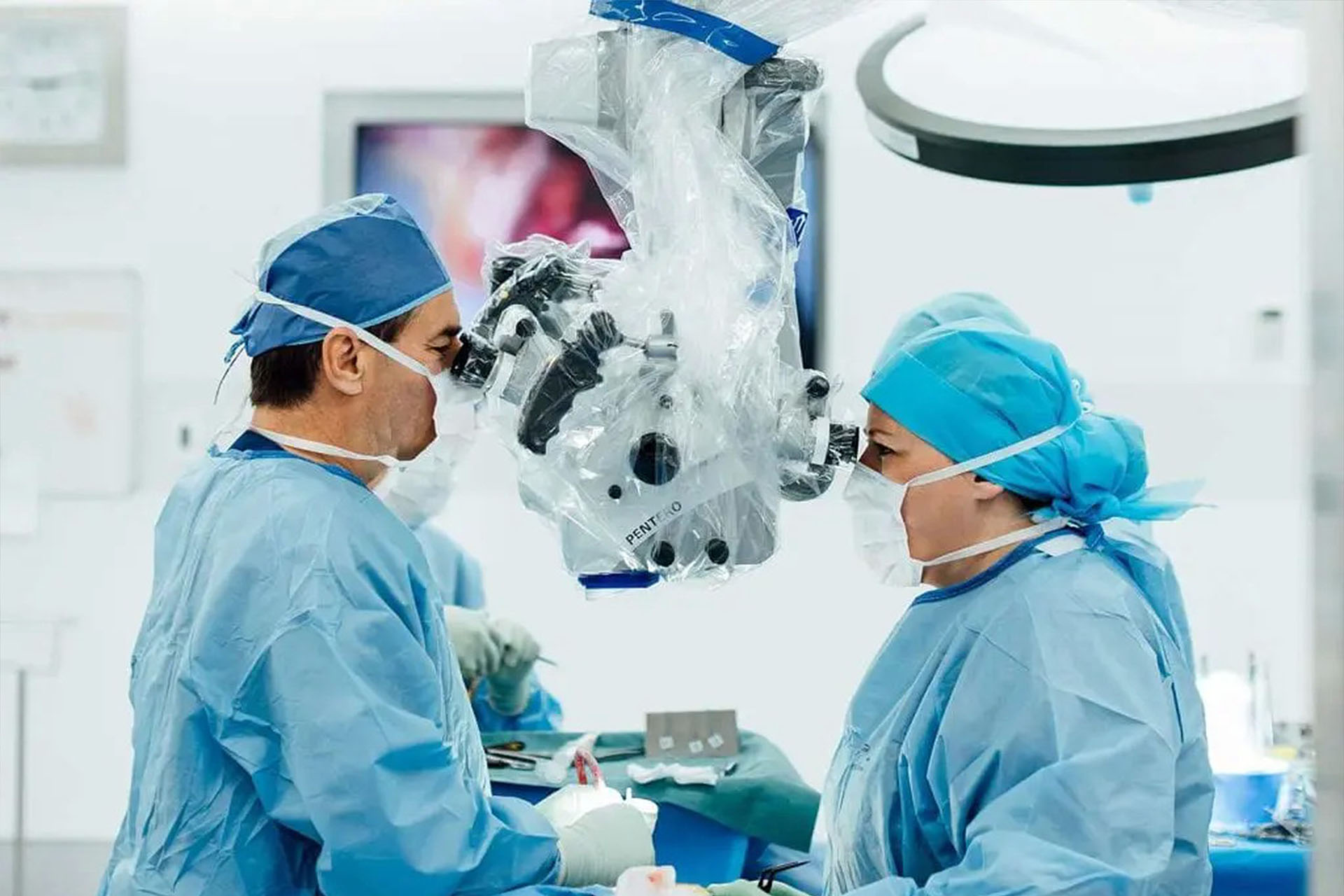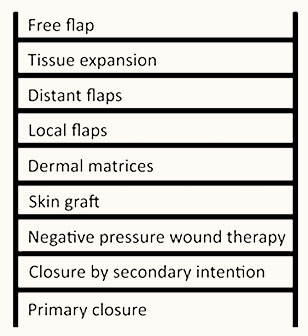Wound reconstruction
Complex wounds can require intricate surgical treatment to heal properly. They often involve muscles, bones, nerves, tendons, ligaments and other tissues. Our Plastic surgeons use a variety of techniques to close severe wounds, improve healing and minimize visible scarring. The HAPSI is staffed by some of the most experienced and skilled plastic and reconstructive surgeons. Our doctors have the training and expertise to perform a variety of the most complex and innovative procedures available. We utilize the latest surgical techniques in wound healing, and often combine treatment with hyperbaric oxygen therapy to further promote healing.



